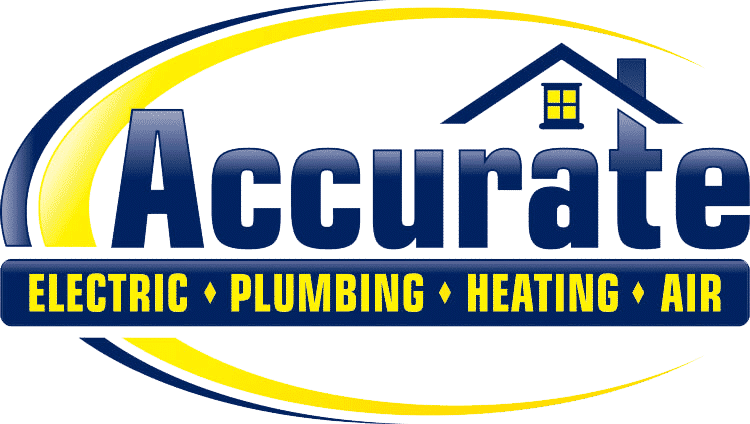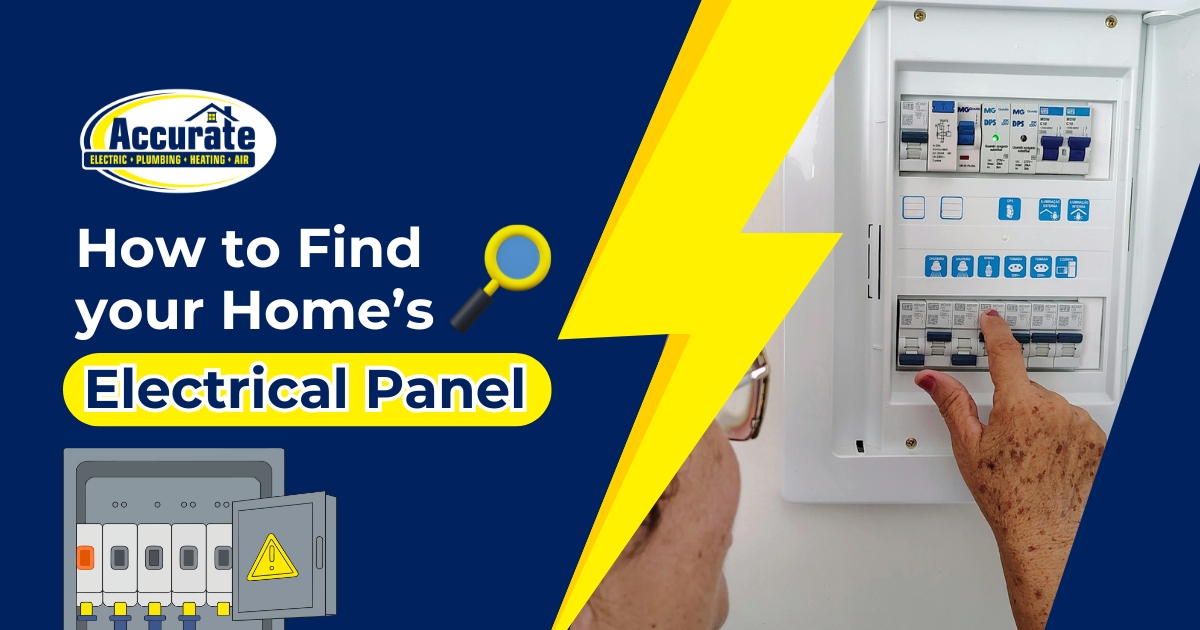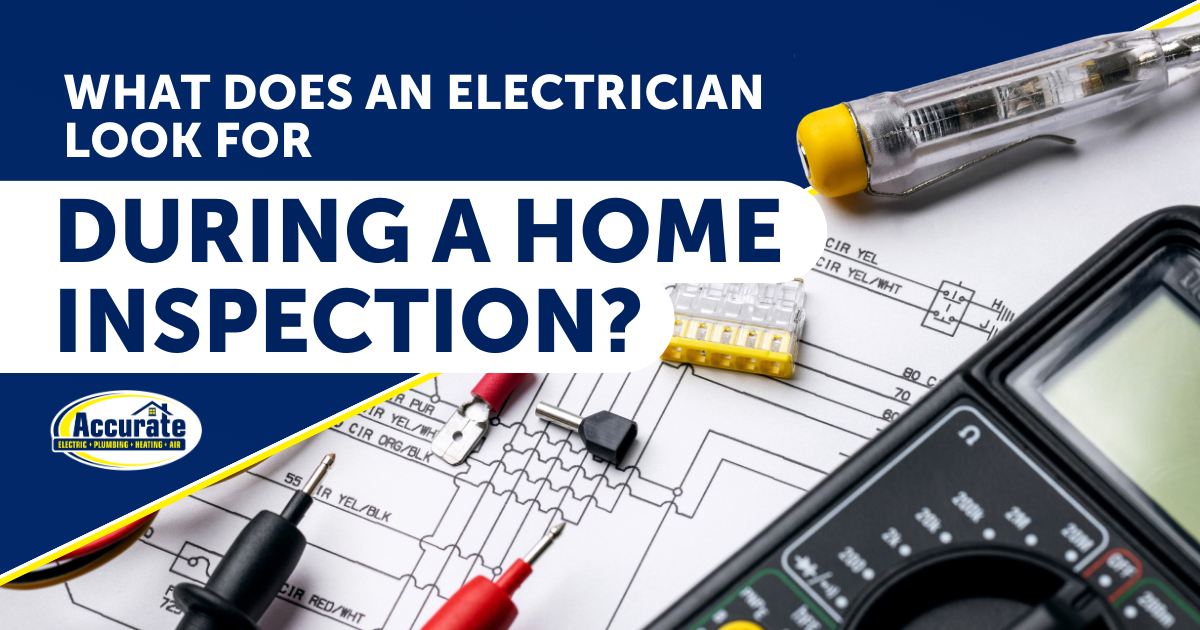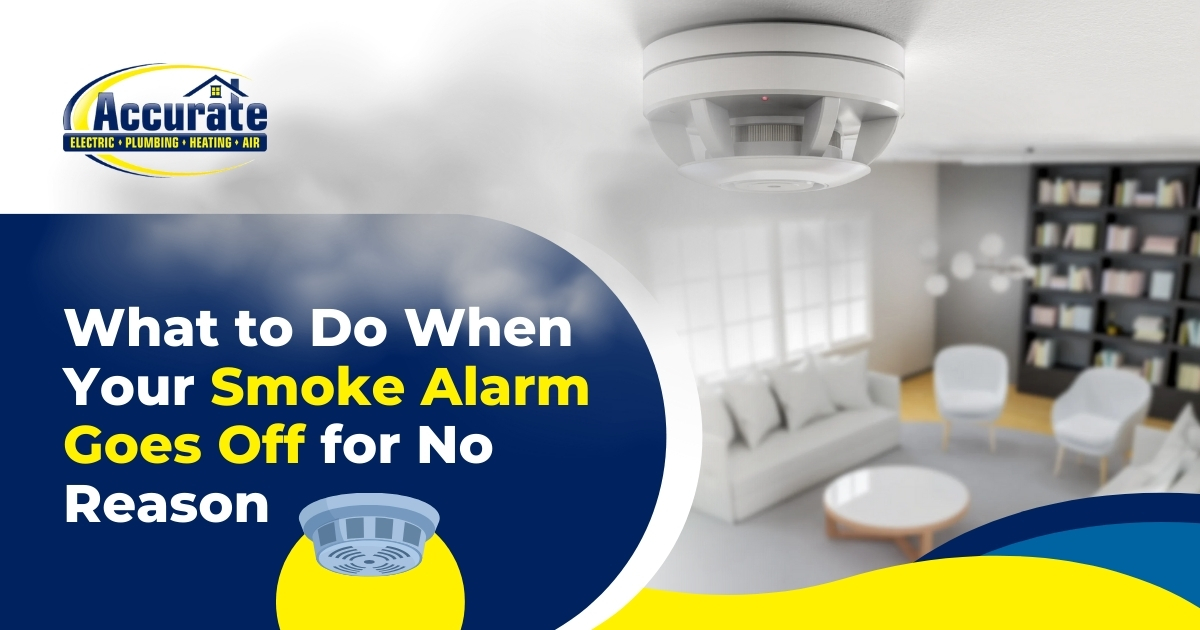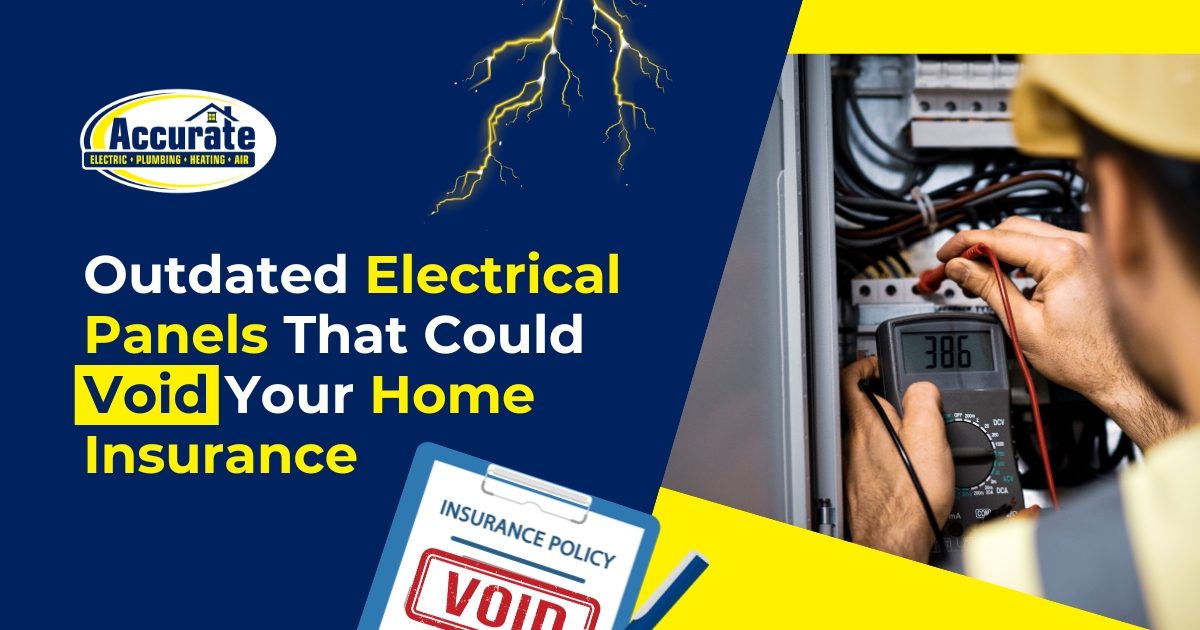Quick Recap
- The electrical panel is the central hub that distributes electricity throughout the house.
- Knowing where to find your electrical panel in your home helps in case of emergencies and routine maintenance.
- Panels are commonly found in garages, basements, utility rooms, and outdoor walls.
- If your panel is damaged, hidden, or tough to access, contact a licensed electrician for service.
Why Knowing Your Electrical Panel Location Matters
An electrical panel, sometimes called a breaker box, connects to the main electricity line and regulates and distributes power across circuits in your home. The panel houses circuit breakers that control individual circuits to protect wiring, appliances, and your household in case of electrical overload or other irregularities.
Knowing where your electrical panel is located and how to access it is important for safety and convenience. If your home is at risk of fire or flooding, shutting off power at the panel’s main breaker limits further safety hazards and damage. If a breaker trips, you can restore power knowing where to go to reset it. Contractors, inspectors, and other professionals may also require access during remodels or appliance installations, and local building codes typically require that panels be easy to reach.

Typical Locations of Electrical Panels in Homes
Building plans often deliberately choose safe and easily accessible locations for electrical panels. Most panels are found in these areas:
- Basements or cellars
- Garages, often on side walls near the entry
- Utility or laundry rooms
- Exterior walls
- Under stairwells
The National Electric Code (NEC) maintains certain standards for where electrical panels can or can’t be installed. For instance, electrical panels and equipment must have at least 3 feet of clearance in front of them, 6.5 feet of vertical clearance, and a working space that’s at least 30 inches wide. The door must also be able to open at least 90 degrees, without objects or locked doors in the way. Certain areas are prohibited due to moisture, fire, or space concerns, such as bathrooms and small closets.
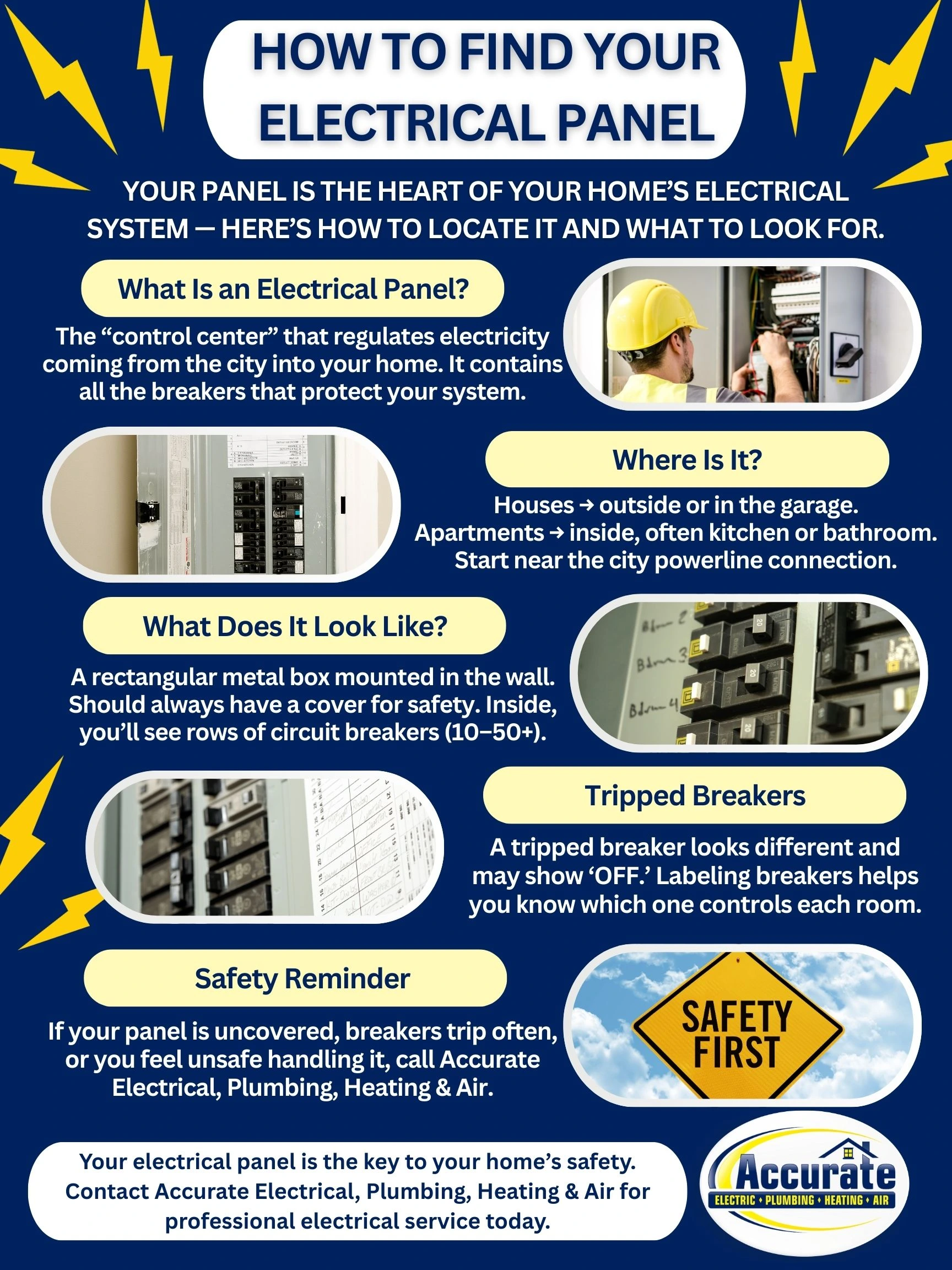
Tips for Locating a Hidden Panel
Sometimes the breaker box location is less obvious, especially in remodeled homes or multi-unit properties. Try these strategies:
- Look for a gray, rectangular metal box about 12 to 18 inches wide with a hinged door.
- Trace the main electrical service line from the outside meter to where it enters the house. The panel is usually close to this entry point.
- Check exterior walls adjacent to the electric meter.
- In multi-unit buildings, look for panels grouped or a single large panel in a shared space, such as a hallway or mechanical room.
Identifying Your Electrical Panel
A standard residential electrical panel has several defining features. The enclosure is metal, typically painted gray, with a hinged door that opens to reveal multiple circuit breakers arranged in rows. These breakers resemble switches and can be toggled between on and off. At the top or bottom is the main breaker, which controls all power to the home and overrides other breakers. Look for these other visual clues:
- Rows of switches featuring labels for rooms or appliances, such as “kitchen” or “HVAC.”
- Manufacturer labels such as Square D, Siemens, GE, or Eaton.
- Clear labels with operating instructions and safety warnings.
Why Your Panel Might Be Hard to Find
There are a few reasons why some electrical panels are more difficult to find than others. In many cases, remodeling or finishing work covers the panel with new walls, cabinets, or built-in furniture. For outdoor panels, landscaping or fencing may block access, and sheds or gates can make them harder to spot. In homes built before modern construction and electrical standards, panels may be located in closets or corners.
Safety Considerations When Inspecting Your Panel
Once you find your circuit breaker box or electrical panel, practice caution when operating or inspecting it. While opening the door and resetting breakers is usually safe, never attempt repairs or adjustments without training. Panels carry enough voltage that a single shock can cause injury or death. Keep these guidelines in mind:
- Don’t touch exposed wires or metal parts.
- Keep your hands dry and wear rubber-soled shoes to reduce the risk of shock.
- Use a flashlight in dim areas rather than candles or lighters, which pose a fire hazard.
- Call an electrician immediately if you notice warning signs such as burning smells, warm surfaces, or water infiltration.
Outdoor Electrical Panels: What to Know
Especially in warm climates like Southern California, electrical panel locations in many homes may actually be outside. These panels are housed in weatherproof enclosures but are vulnerable if the housing fails.
Outdoor panels are durable but can experience wear from sun, rain, or extreme temperatures and need periodic inspections. If you live in an area prone to flooding, verify that your panel sits above expected water levels. Outdoor panels must remain accessible for both utility workers and residents, so keep yours clear of plants, debris, gates, or belongings.
When It’s Time to Call an Electrician
Outside of resetting a tripped breaker occasionally, most repairs or modifications require professional expertise. Here’s when you should call an electrician from Accurate:
- Breakers trip repeatedly or fail to reset.
- Panel surfaces that feel hot to the touch or have scorch marks.
- Breakers produce buzzing sounds or sparks.
- The panel shows signs of rust, corrosion, or moisture.
- You need additional circuits or upgraded capacity.
- You’re unable to locate the panel.
Electrical Panel Services in Rancho Cucamonga & Glendora, CA
Accurate provides professional electrical services to keep homes safe and compliant. Services include professional inspections, electrical panel upgrades, circuit breaker replacements, and more. Our service area includes:
- Rancho Cucamonga (91701, 91730, 91737, 91739)
- Glendora (91740, 91741)
Protect Your Home with Professional Electrical Panel Services
Regular electrical panel inspections protect against hazards and keep up with modern power needs. At Accurate, our licensed electricians deliver safe, code-compliant service, and we offer cost-saving specials to make it easier to get the services you need. Contact us today to schedule an inspection or upgrade for your electrical panel in Rancho Cucamonga or Glendora.
Frequently Asked Questions
How do I know if I have a breaker box or a fuse box?
A breaker box contains rows of switch-like levers, while a fuse box uses round, screw-in fuses that resemble lightbulbs. Fuse boxes are more common in older homes, while breaker boxes are standard in modern construction for safety and convenience.
How do I reset a breaker if I can’t find the panel?
You can’t reset a breaker without accessing the electrical panel, since the switches inside restore power to individual circuits. If you can’t locate the panel, contact a licensed electrician for assistance.
What does a breaker do inside the panel?
A breaker automatically shuts off electricity when a circuit becomes overloaded or shorts to prevent overheating, wiring damage, and potential fire hazards. Breakers also allow homeowners to manually disconnect power to specific circuits when needed for maintenance or safety.
Where is the circuit breaker box in an apartment?
In apartment buildings, each unit typically has its own circuit breaker box or electrical panel. It’s most often located in your apartment’s hallway, entry, or utility area and has individual breakers as well as a main breaker.
